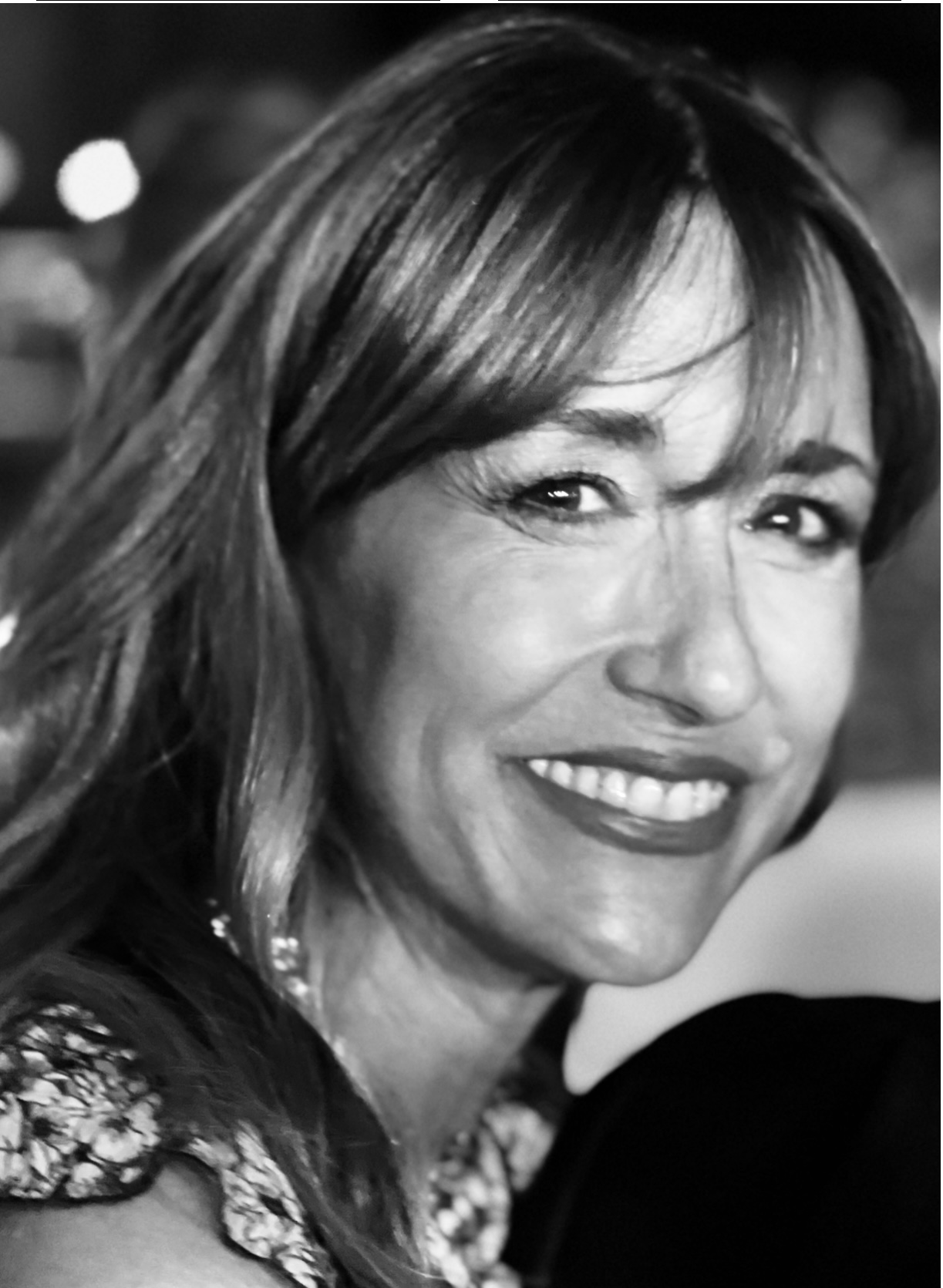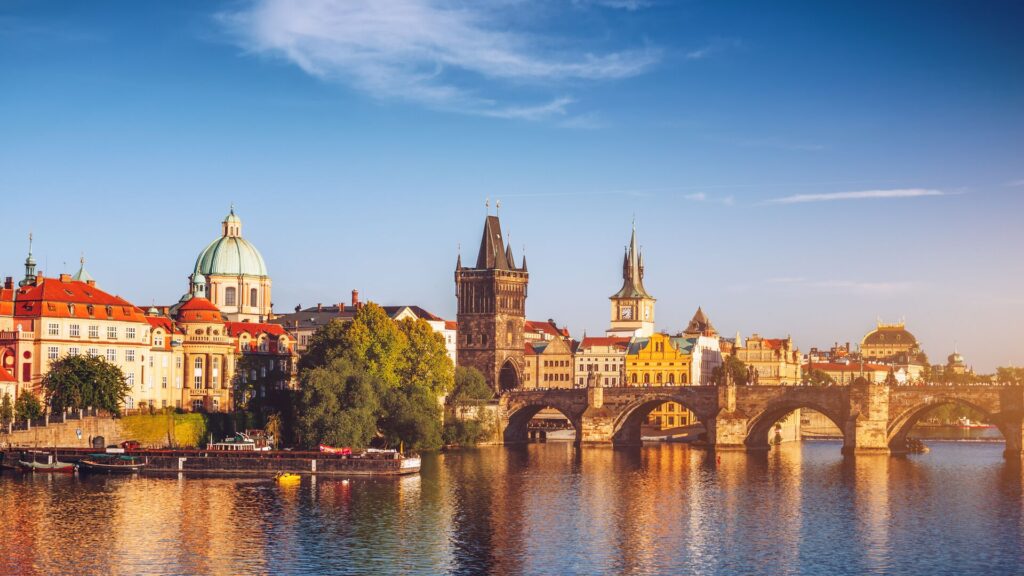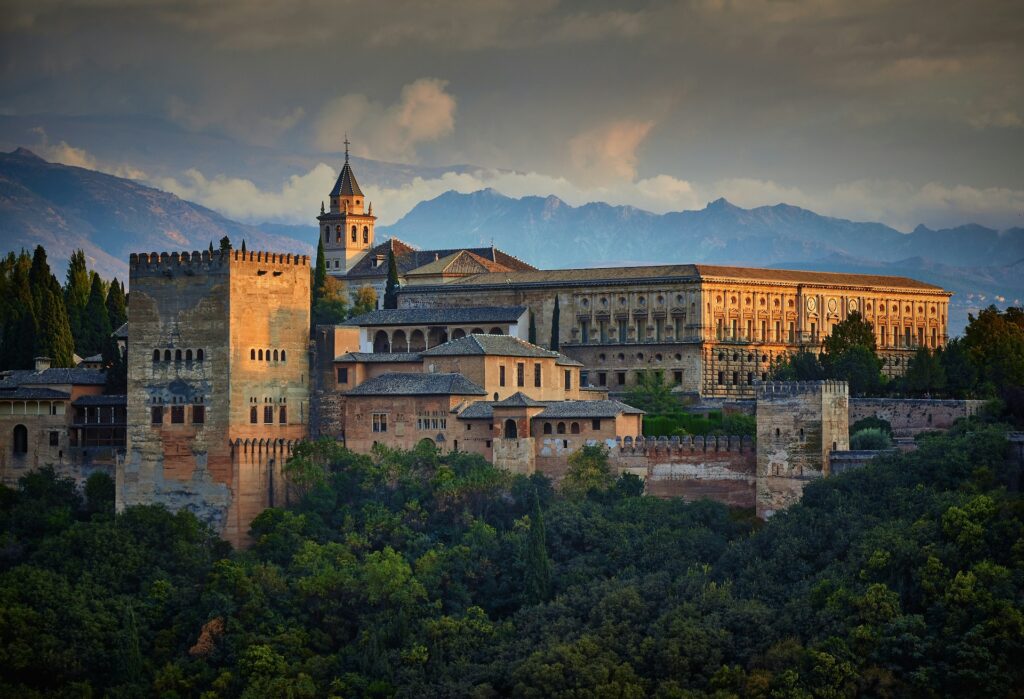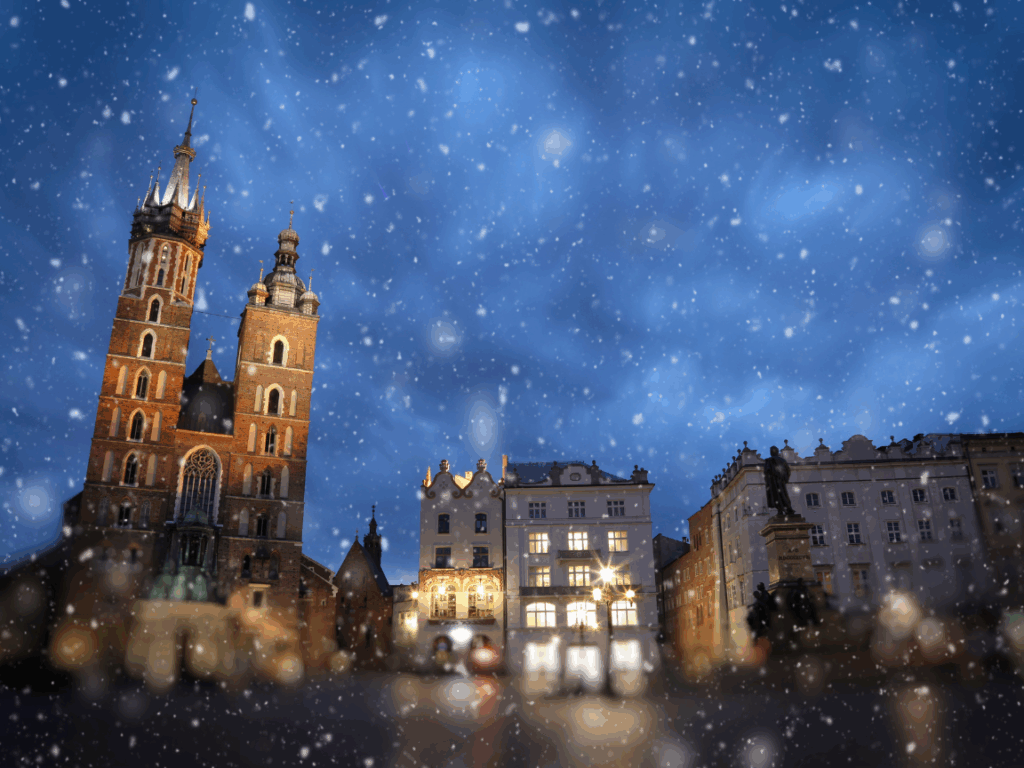Passionate and flamboyant, flamenco stirs the heart and soul. In Seville, the Cristina Heeren Foundation is dedicated to teaching and promoting the conservation of this traditional art form. An Insight MAKE TRAVEL MATTER® Experience, we had the pleasure of talking with Alexandra Hoffer, the foundation’s director to learn more.
AN UNFORGETTABLE EXPERIENCE
[anemos_video video_link=”https://www.youtube.com/watch?v=0r-_UqSd71Y”]We invite you to get your dancing shoes on and connect to the rhythm of flamenco with a visit to the Cristina Heeren Foundation. On this toe-tapping, passionate MAKE TRAVEL MATTER® Experience, you’ll meet students and learn all about the history of flamenco. Feel the passion behind the choreography as you put your rhythm to the test during a dance lesson before witnessing emotions come to life in a flamboyant flamenco performance.
The Cristina Heeren Foundation aims to promote the teaching and conservation of flamenco and is a beneficiary of a grant from our TreadRight Foundation. The private dance school supports young enthusiasts from all over the world with a special focus on new talent from the Andalusian region.
Discover this on: Highlights of Spain, Spanish Heritage, Amazing Spain & Portugal, Best of Spain & Portugal, Treasures of Spain, Portugal & Morocco
Read more: MAKE TRAVEL MATTER®: Why developing meaningful travel experiences has never been more important
MAKE TRAVEL MATTER®
Chosen with great care for their positive impact on our planet its people and wildlife, our MAKE TRAVEL MATTER® Experiences are aligned to the United Nations Global Goals for Sustainable Development (SDGs). This experience directly advances UN SDG 4: Quality Education and UN SDG 11: Sustainable Cities and Communities. The school enables students access to cultural education that otherwise may not have occurred. As students complete their training, they will carry on and safeguard the traditional flamenco dance, contributing to the protection of Andalusia and Spain’s cultural heritage.
ALEXANDRA AND THE CRISTINA HEEREN FOUNDATION

“I actually started in flamenco by pure chance,” Alexandra tells us. An art historian specializing in contemporary art, she found herself in Seville. A stunning city, though not known as a center for contemporary art, she then changed path. “I was introduced to Christina Heeren, now President of the foundation, by a friend,” she tells us. “Christina was opening an international flamenco school and she needed somebody who spoke English and additional languages.” It was from here that Alexandra’s journey with the Cristina Heeren flamenco foundation began.
“I joined the Foundation Theatre at the very beginning. When it opened in 1996, we had just four students. Now we have more than 8000 coming through our classes,” she says proudly. “It’s very rewarding. Many of our ex-students are now very famous Flamenco dancers and artists. It’s wonderful to see that what we do really works.”
AN ART FORM CREATED FROM FOUR DISTINCT CULTURES
“Flamenco is as important as every kind of music, such as jazz and Blues and classical music.” Alexandra tells us. A song, music and dance style, flamenco is first mentioned in literature in 1774. However, it was between 1869-1910, the ‘golden age of flamenco’, that flamenco music developed rapidly in music cafés known as cafés cantantes. Flamenco dancers also became one of the major attractions for the clientele of the cafés and the guitar players increasingly gained a reputation, seeing the birth of flamenco guitar as an art form.
“Flamenco music comes from Andalucía. It was born here because the region was such a melting pot of different cultures,” Alexandra explains. “Andalucía was under Arab rule for 700 years (711 – 1492), so there is a great Arab influence, not only in the architecture but also in the music. Then there is Jewish influence and also influence from the gypsies that arrived from South India and settled in Andalucía. And of course, influence from the previous culture that already was in the region. So, flamenco is a music born from these four different cultures.”
Read more: Why Seville is the best place to watch (and learn) Flamenco
FLAMENCO AS AN EXPRESSION
Originating in neighborhood of Triana in Seville, where the Christina Heeren Foundation is located, Alexandra explains that flamenco “came from very poor people and started as an expression.” She tells us that at that time, the people of Triana were very poor, living as families together in rooms in the large neighborhood houses.
“Flamenco started as an expression of life,” she says. “Flamenco at the time celebrated a newborn and a death. Somebody who went to jail, somebody who comes out of jail, somebody who’s going to work. So, there are different kind of styles of flamenco and each one of them represents and expresses different time of your life.”
Related content: I’ve visited 61 countries, but there is one travel destination I will always go back to
TEACHING THE CLASSICAL TRADITION
“At the Cristina Heeren Foundation we teach the classical tradition of flamenco,” Alexandra says, explaining that nowadays many flamenco companies are very modern, and they introduce different instruments, and different movements from contemporary dance.
“Students are here for four years, and our mission is to teach them the basis and to transmit flamenco as it was in its proper form. From there they can evolve as they want. A difference between ours and other schools is that we are the only one where we teach the three specialties together, singing guitar and dancing,” she says adding that students study one, but are working together all the time.
Related content: Travel Director Bradley shares his all-time favorite Insight tour to run and why
THE STUDENTS AND TREADRIGHT GRANT
Students of the Cristina Heeren Foundation come from dvaried backgrounds, but they all have a level of proficiency in flamenco and a strong desire to be professionals. It is afterall, four years of dedication. Through the TreadRight Foundation grant, the Cristina Heeren Foundation is able to support four students per year who will benefit from an extra year of study to really mature as dancers.
“We see some students that are very good, but they still need one more year to keep on specializing. The grant enables us to keep them here and develop them further,” she explains. “We train them further and offer performance opportunities to turn them into great dancers.”
THE GUEST EXPERIENCE
“Flamenco is empowering, and we try to transmit to insight guests when they come. And they all love it,” Alexandra says with a smile. “There are many different flamenco rhythms. We teach them the easiest, a four by four which is for tangos, and they really enjoy it.
“We start sitting down and guests clap their hands to learn the rhythm. Then you move your hips, your arms and your feet. People say it is really sensual and fun. Dancing is always fun, whatever dance you do.
“We find guests are not shy and they all support and applaud each other. Then we have sangria, during which the guests have so many questions, everyone is really interested, engaged and empowered.”
Related content: 21 inspirational figures in travel who inspired us to believe anything is possible
THE SHOW, SO INTIMATE YOU CAN SEE THEIR FINGERTIPS
From the dance class, the guests go on to see the show, and as Alexandra notes “they now really understand what they are seeing.” She tells us that the show is a real treat that features the best flamenco artists. “I only call those artists who are already very professional, they’ve been in big companies. It is an exclusive opportunity for people to see great artists in a very intimate setting.”
“When you go into a big flamenco theatre, it’s wonderful, but something gets lost. You need proximity. In my theatre, because it’s small, you can really feel the dance and singing and the guitarist. You can watch one of the best flamenco dancers, seeing how she breathes and how she moves each single finger. It’s very special.”
Related content: Measure, reduce, restore and evolve: our journey to hitting net zero by 2050
ALEXANDRA’S BIGGEST JOY
When asked her greatest joy as Director of the Cristina Heeren Foundation Alexandra immediately says “My students. I call them all my children. You mee the dancers when they were 16, you start working with them and now you see them as big flamenco stars. I really know them and many times you can see from the moment they come in that they’re going to be stars. It’s really wonderful to see how they evolve and to know you were right in helping them to achieve their dreams.”
If you are inspired to try flamenco for yourself, then you can MAKE TRAVEL MATTER® with the Cristina Heeren Foundation on these fabulous Spanish tours: Highlights of Spain, Spanish Heritage, Amazing Spain & Portugal, Best of Spain & Portugal, Treasures of Spain, Portugal & Morocco



